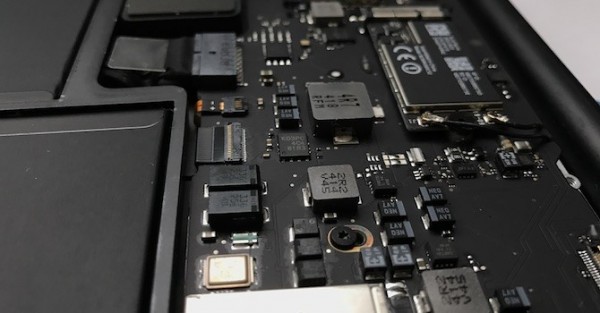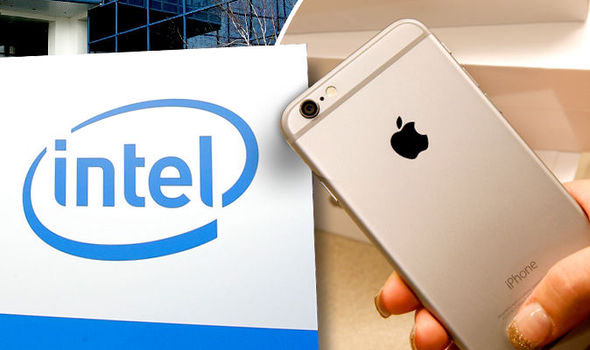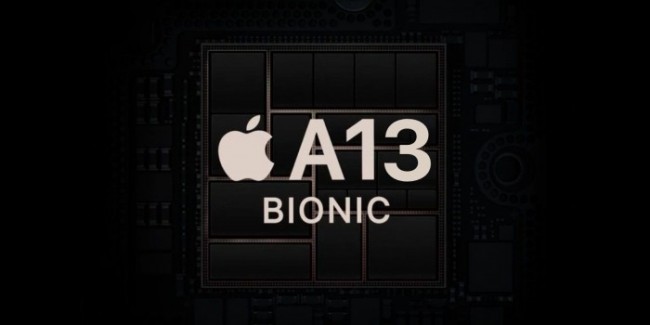In 1965, Intel co-founder Gordon Moore made an observation towards the future when he showed that the number of transistors on integrated circuits has doubled exponentially since its invention, making the amount of these contents denser per square inch. known as Moore’s Law.
This observation was soon known as Moore’s Law, a trend that continues until the present time but that was not always kept to the letter, the number of transistors per square inch doubled approximately every year and a half and not two as Gordon Moore had determined.
For mobile or a computer to become faster, it should have more transistors, these are electronic switches on and off of a microchip, processor or small electrical circuit. Therefore, the faster the electrical signal is processed, the more efficient the computer or mobile phone becomes.
The speed trend of the processors from 1970 to 2019 would indicate that Moore’s law is reaching its limit since, in the 1970s the speed of a processor varied between 740 kHz and 8 MHz while currently, an iPhone X has 2.69 GHz processing speed for example.
Moore’s Law will continue
With a trend towards faster and more powerful computers and mobiles, the need to improve transportation, medical care, education, and energy production is growing, and that is why Moore’s Law continues to be implemented, as many transistors in the smallest possible space.
Currently, silicon transistors that reach 14 nanometers are used, and the trend goes up to 10 and soon 5-nanometer chip designs, so it has been concluded that for Moore’s Law for a longer time, companies will have to create more materials. New and better by jumping into the next generation.
According to the report of the International Technology Roadmap for Semiconductors (ITRS), chip manufacturers such as Intel and Samsung mention that transistors would reach their maximum development in 2021since by then it will not be economically viable to reduce them in size, ending with Moore’s Law.
On the other hand, TSMC does not agree with this since the company is already producing A12 chips for the iPhone with a 7-nanometer process, expecting an improved version of these for the A13 this fall, TSMC also indicates that new chips from 5 nanometers could bequeath in early 2020 keeping Moore’s rule alive longer.













